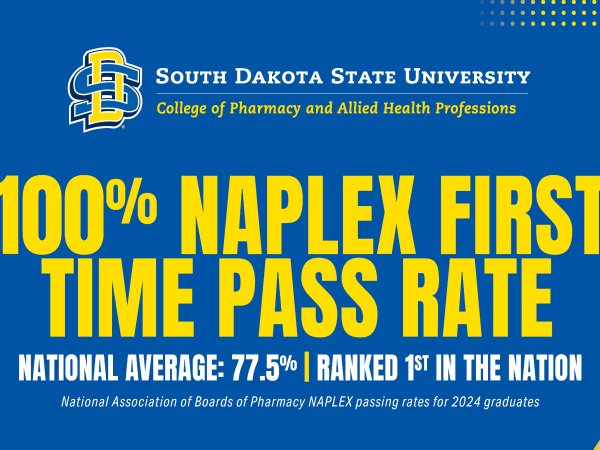Since the very beginning of the Hobo Day tradition, dressing the part of the hobo has remained an integral part of homecoming celebrations.
But today’s homecoming depictions of the old-time hobo lifestyle reflect both the history of the American hobo and exaggerations of how hobos were perceived.
Connecticut Shorty is a member of the board of directors for the National Hobo Convention in Britt, Iowa. Shorty said many of the ways people dress for hobo celebrations today are really just dramatizations of how hobos used to dress.
“As a festival, it’s really a celebration of the history and lifestyles of the hobos,” Shorty said. “It’s not totally accurate to what hobos really looked like.”
Shorty said when people began to dress up as hobos for festivities like the National Hobo Convention, which began in 1900, the look was meant to mimic what hobos at the time were thought to look like. This was a “formal, dirty look.”
“A lot of them in the hobo community, the older generations, tried to blend in and dress well,” Shorty said. “Some of them would wear a nice suit when they would travel into towns for work.”
Shorty said this formal look for hobos began to stick and people thought hobos overdressed for work.
Even in photos of the first Hobo Day celebrations at SDSU, students can be seen dressed in tattered suit jackets and newsboy hats, with faces smudged with dirt and soot. In recent hobo fashion, many men can still be seen wearing patchwork suit jackets and ties.
Today’s depictions of hobos reflect a more modern twist on the look, incorporating colorful flannel, T-shirts, jeans, overalls and old-time hats. Buttons have particularly come to symbolize the homecoming celebration.
Georgialee Quail, event coordinator for Hobo Gear Prep Night, reflected on this tradition while helping students create their own hobo look.
“The Britt hobos liked to have patches to tell their story whereas we have buttons,” Quail said. “They both represent the same thing… where we went, where we come from and where we want to go.”
Throughout the years of the tradition, there have been members of the community who have questioned the optics of dressing to emulate hobos.
Among them is Sam Smith, instructor in the Department of Biology and Microbiology. While Smith said he understands the distinguishment made between a hobo and a homeless person, he sees an issue in dressing as a person from a lower socioeconomic background.
“Coming from the outside, I view it as people who are relatively well-off, dressing up as poor people and having a good time doing [so], and to me that’s a little off putting,” Smith said.
But it’s likely that dressing the part of the hobo will continue to symbolize the homecoming festivities for many years to come.
“It’s still really important for homecoming,” Quail said. “Our tagline this year is ‘together in the tradition,’ and that tradition dates back one-hundred and six years. Some traditions have came and gone since then, but the spirit of the hobo continues.”


















